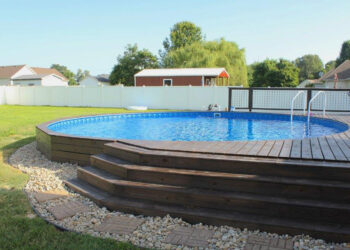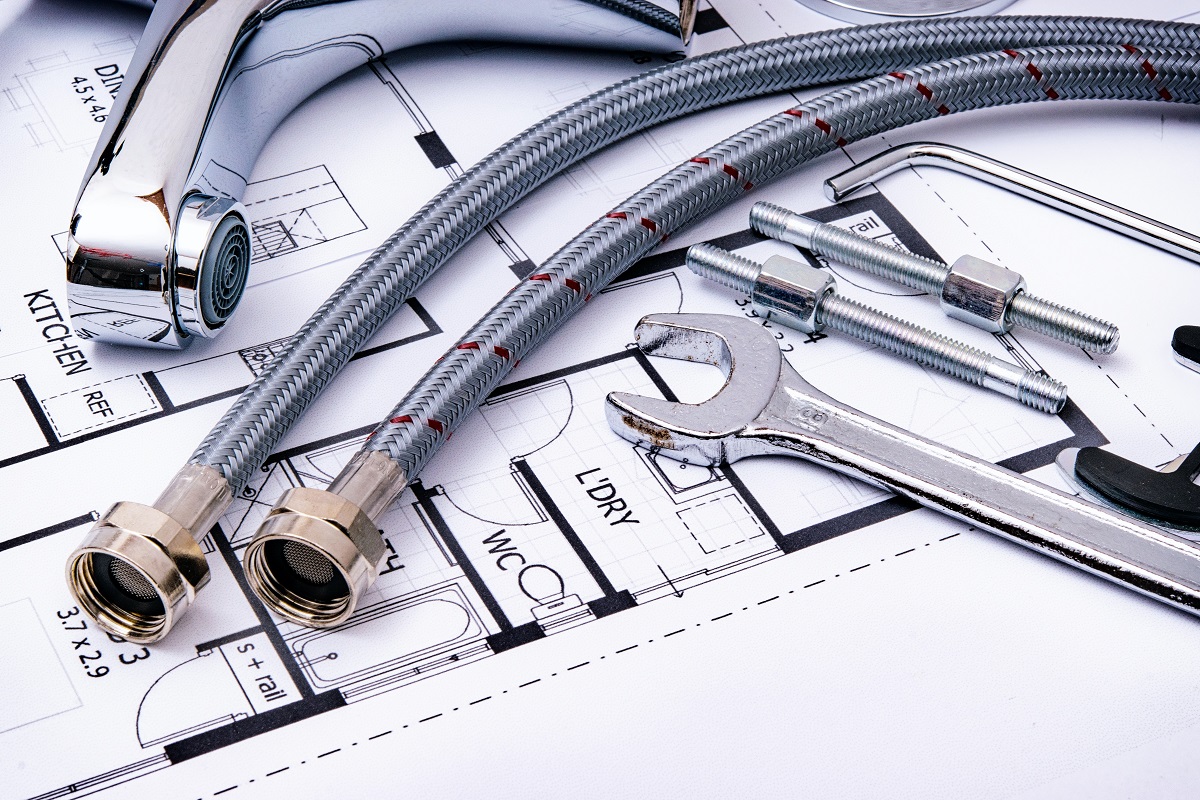Winter brings chilly temperatures, icy winds, and the need for cozy comfort indoors. It’s the perfect time to ensure your HVAC system is well-prepared to handle the season’s demands. With a few proactive steps, you can efficiently winterize your HVAC system, ensuring warmth, efficiency, and cost-effectiveness throughout the cold months.
Winterizing your HVAC system is crucial to avoid potential breakdowns and ensure optimal performance during colder months. Neglecting maintenance might lead to inefficiencies, increased energy bills, and possible system failures when you need heat the most.
Understanding the Importance of Winterizing HVAC Systems
Winterizing your HVAC system is an essential step towards ensuring comfort, efficiency, and cost savings during the colder months and for:
Energy Efficiency
One of the primary benefits of winterizing your HVAC system is increased energy efficiency. When your system operates optimally, it consumes less energy to maintain the desired temperature, reducing utility bills.
Proper maintenance, such as cleaning components and ensuring adequate insulation, allows the system to function efficiently, utilizing less energy for heating.
Cost Savings
Winterizing your HVAC system translates to cost savings in the long run. Regular maintenance and promptly addressing minor issues can prevent significant breakdowns that may result in expensive repairs or replacements. An efficient operating system also consumes less energy, directly impacting reduced monthly utility expenses.
Extended Lifespan of Equipment
Regular maintenance and winterization can significantly extend the lifespan of your HVAC equipment. Timely checks, filter replacements, and proper lubrication of moving parts prevent wear and tear, ensuring the system operates smoothly and lasts longer, reducing the need for premature replacements.
Steps to Winterize HVAC Systems
Ensuring your HVAC system is winter-ready involves several essential steps:
Schedule Professional Maintenance
Initiate the season by scheduling a professional HVAC maintenance service. Certified technicians can inspect, clean, and tune up the system, identifying potential issues and ensuring it operates efficiently throughout the winter.
Inspect and Replace Air Filters
Regularly inspect and replace air filters to maintain clean indoor air quality and allow the system to function optimally. Clogged filters obstruct airflow, forcing the system to work harder and increasing energy consumption.
Check and Seal Air Ducts
Leaky air ducts can result in heat loss, impacting the system’s efficiency. Inspect and seal any gaps or leaks in the ductwork to prevent warm air from escaping, ensuring maximum efficiency and comfort.
Insulate Pipes and HVAC Components
Properly insulating pipes and HVAC components prevents freezing, reducing the risk of damage and costly repairs. Insulation helps maintain consistent temperatures and protects sensitive components from harsh weather conditions.
Benefits of Regular HVAC Maintenance
Improved Indoor Air Quality
Regular maintenance, including cleaning components and changing filters, improves indoor air quality. Clean filters trap dust, allergens, and pollutants, preventing them from circulating in the air and promoting a healthier living environment.
Enhanced Performance
A well-maintained HVAC system operates more efficiently, providing consistent heating and better performance. It distributes heat evenly, eliminating cold spots and ensuring comfort throughout the home.
Prevention of Major Repairs
Addressing minor issues during regular maintenance prevents them from escalating into major problems. Timely repairs and component replacements save you from costly emergency repairs or replacements.
Tips for DIY Winterization
In addition to professional maintenance, homeowners can take several DIY measures to winterize their HVAC systems:
Programmable Thermostat Installation
Installing a programmable thermostat allows you to set temperatures according to your schedule, optimize energy usage, and reduce heating costs in unoccupied rooms.
Weatherstripping Doors and Windows
Sealing gaps around doors and windows with weatherstripping prevents heat loss and drafts, maintaining a comfortable indoor temperature.
Managing Indoor Humidity Levels
Maintaining appropriate indoor humidity levels ensures comfort and prevents moisture-related issues. Use humidifiers or dehumidifiers to regulate humidity levels as per recommendations.
The Impact of Winterizing on Home Comfort
Consistent Temperature Control
Properly winterized HVAC systems ensure consistent temperature control throughout your home, providing a cozy and comfortable environment during cold weather.
Reduced Noise and Drafts
Effective insulation and sealing measures prevent heat loss and reduce noise infiltration and drafts, enhancing overall comfort.
Environmental Benefits of Winterizing HVAC Systems
Lower Carbon Footprint
An efficiently operating HVAC system consumes less energy, reducing your home’s carbon footprint and contributing to environmental conservation.
Reduced Energy Consumption
Reduced energy consumption associated with a well-maintained HVAC system helps conserve energy resources and minimizes the environmental impact.
Conclusion
Winterizing your HVAC system is essential to ensure comfort, efficiency, and cost-effectiveness during winter. Take proactive steps to winterize your HVAC system and enjoy a cozy and stress-free winter season.










